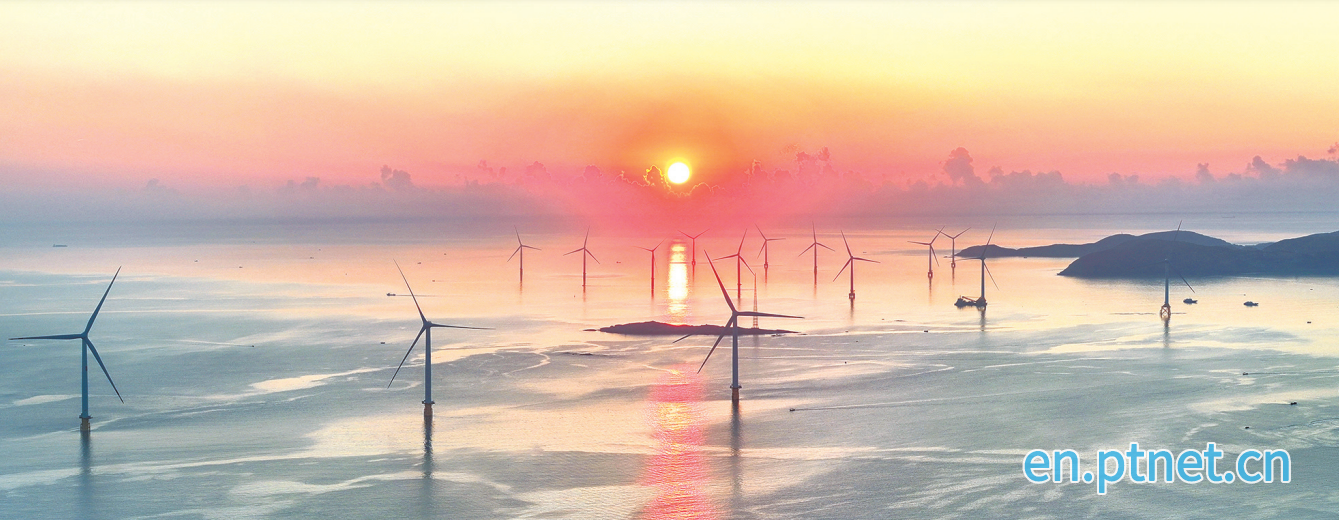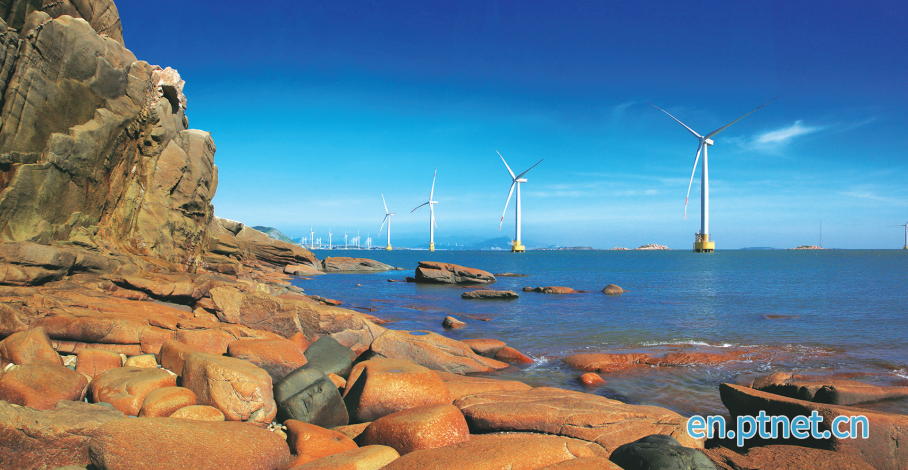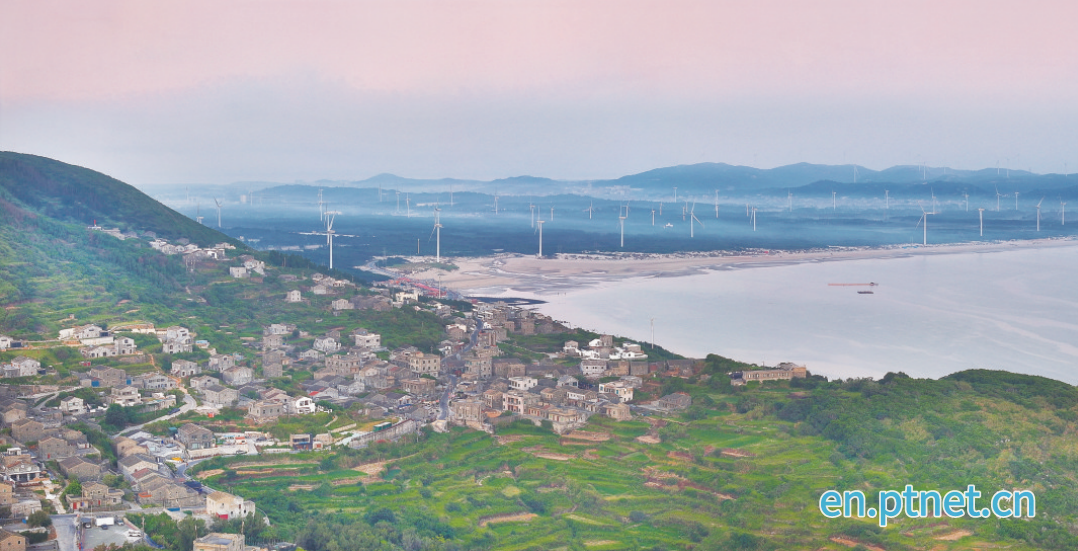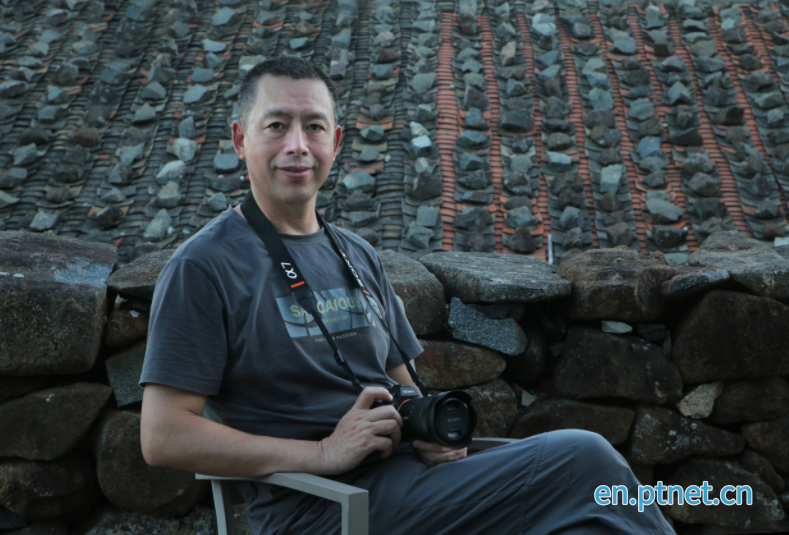A photographer's pilgrimage to Pingtan's seasonal magic
en.ptnet.cn | Updated:2025-10-21 | Lin Kongbo, Stephanie
Sunrise in the morning mist at Jingsha Village
Pingtan Internatioanl Tourism Island, a coastal gem in Fujian Province, southeastern China, is renowned for its dramatic seascapes, unique stone houses (locally called "shitoucuo"), and the iconic Pingtan Strait Rail-cum-Road Bridge. For Chinese photographer Tang Hui, this island has been more than a shooting location—it's a source of inspiration he's returned to six times over 14 years, using his camera to freeze-frame its autumn charm and evolving stories.

Autumn hues on Dalian Islet
As a member of the China Photographers Association, Tang's recent trips to Pingtan have been a pursuit of the island's seasonal magic. He flew a drone over Dalian Islet to snap the Pingtan Strait Rail-cum-Road Bridge bathed in morning light, describing the structure as "a golden loong glowing at dawn." At Jingsha Village, he waited for sunrise to photograph the sea turning into "a mirror covered in gold foil" as the sun rose. He also turned his lens to Pingtan's signature stone houses: clusters of the gray, sturdy buildings filled with daily life under clear skies, others painted like oil paintings by sunset, and those in Beigang Village lit up during the "blue hour" after dusk.
To shoot the Gate to Heaven—an ancient sea-eroded rock formation only fully visible at low tide—Tang hiked several kilometers and navigated slippery pebbles. "It took patience to find the perfect spot, but seeing that natural arch against the sea made the entire trek worthwhile," he said.
Tang's love for photography spans over 30 years, starting when he scrimped (and even borrowed money) to buy his first camera in 1993. In the film era, he learned to be deliberate: "Each roll had only 36 shots, so I'd watch, think, and compose carefully before pressing the shutter," he recalled. He even set up a small darkroom at home to develop his own photos, a practice he treasures for its focus on "authenticity, no filters or retouches." His early work included portraits of his wife and, later, his daughter—whom he described in one of his works, Light and Time, as having "eyes as clear as a stream."
Pingtan first drew Tang in 2011, when a typhoon hit during his visit. He photographed battered fishing boats on the beach, but what stayed with him was the resilience of the island's people. "The stone houses stood firm against the typhoon, and the fishermen inside had such steady eyes," he said. "That moment pushed me to keep telling stories through my photos."

Beigang Village stone houses as dusk falls
Over the years, Tang has witnessed Pingtan's transformation—most notably, its infrastructure. "When I returned for a workshop in May 2025, I could drive directly to scenic spots like the 68-Nautical-Mile Scenic Area and Beigang Village," he said. "It feels like the distance between people and the island's beauty has shrunk."

Tang Hui
Today, Tang, a Fuzhou native, holds memberships in multiple cultural organizations, including the Fujian Photographers Association and Fujian Writers Association—blending his skills in photography and writing. His social media profile picture even features him with Pingtan's stone houses, a small tribute to the island that continues to inspire his work.

 Fujian Public Security Registration Code: 35012802000271
Fujian Public Security Registration Code: 35012802000271